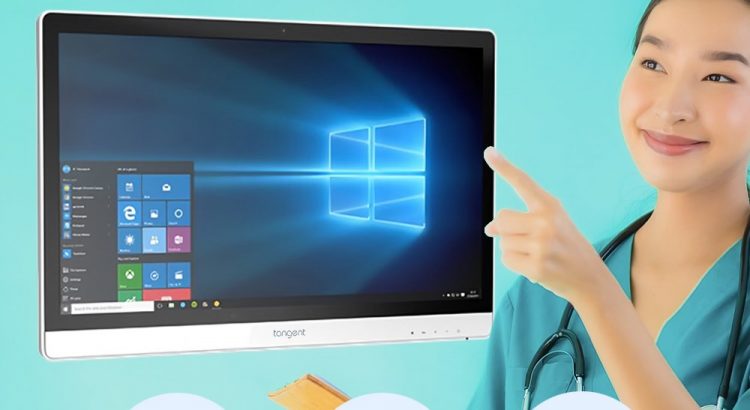In today’s fast-paced world, technology plays a crucial role in transforming various industries, and healthcare is no exception. One such groundbreaking innovation that has revolutionized medical practices is the Medical PC. In this blog, we delve into the capabilities, benefits, and potential applications of these advanced computing systems in the healthcare landscape. What is a […]
Category: Medical computers
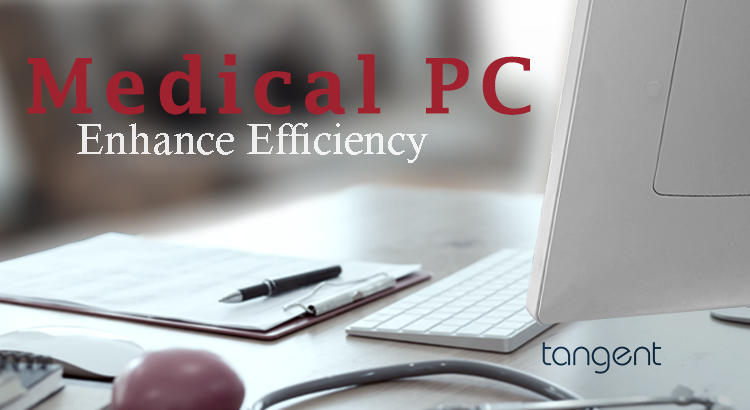
Medical PCs: Powering Healthcare Innovation and Efficiency
In the rapidly evolving landscape of healthcare, technological advancements are revolutionizing patient care, improving outcomes, and enhancing operational efficiency. At the heart of this transformation are medical PCs, purpose-built computing devices designed to meet the unique demands and rigorous standards of the healthcare industry. In this comprehensive guide, we will explore the essential role of […]
The Advantages and Limitations of Medical PCs in Clinical Settings
Medical PCs are specialized computers designed for use in healthcare facilities, such as hospitals, clinics, and doctor’s offices. These computers are specifically built to meet the unique needs of healthcare professionals and provide reliable, high-performance computing solutions in clinical settings. In this blog, we will explore the advantages and limitations of medical PCs in clinical […]
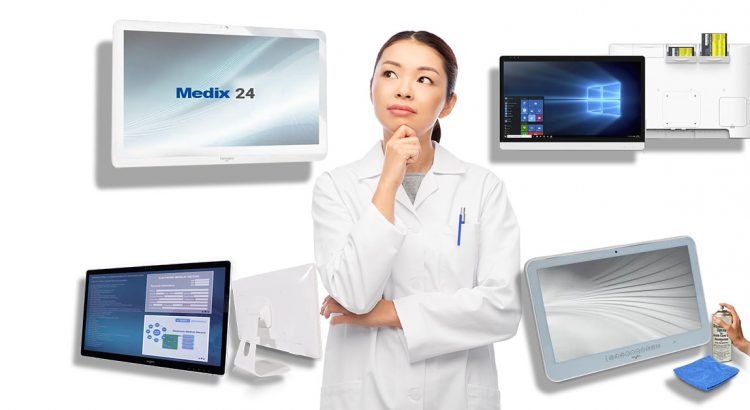
Choosing the Right Medical PC for Your Healthcare Facility
In today’s rapidly evolving healthcare industry, technology plays an increasingly crucial role in patient care. Medical PCs are one such technological innovation that has transformed the healthcare industry by improving patient outcomes, increasing efficiency, and providing healthcare professionals with real-time patient information. Choosing the right medical PC for your healthcare facility is an essential decision […]
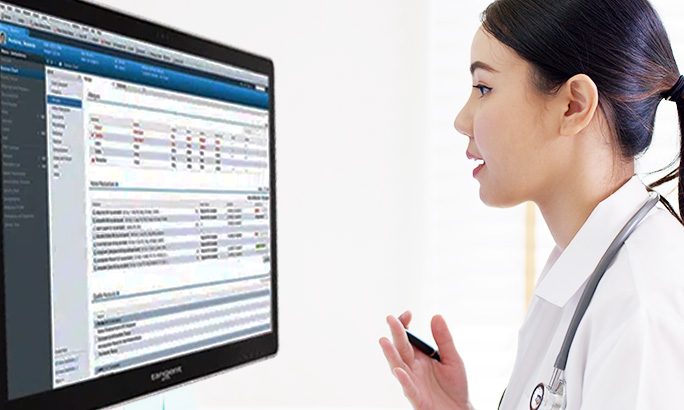
The Role of Medical PCs in Modern Healthcare
Medical PCs have become an essential component in modern healthcare, enabling healthcare providers to provide efficient, accurate, and effective patient care. Medical PCs are computers designed specifically for use in healthcare settings, with features and functions that cater to the unique needs of healthcare providers. In this blog, we will explore the role of medical […]
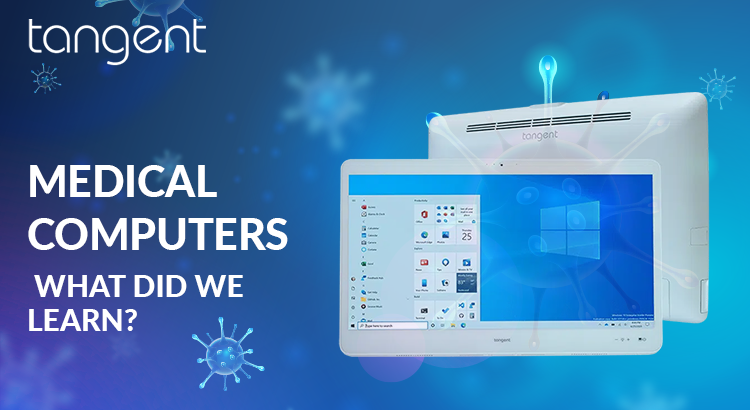
Medical Computers Post Covid: What Did We Learn?
Technology has always played a vital role in the medical field. Medical Computers have been used in hospitals and clinics for a long time, but their use has increased exponentially in recent years. With the outbreak of Covid-19, the use of medical computers has grown even more. There is no denying that medical computers have […]

Medical PC Defined
Medical PC Definition Medical PCs or medical computers are developed with the healthcare industry in mind. To be called medical grade, a personal computer for the healthcare industry must carry the UL/IEC60601-1 certification. After passing rigorous safety and performance tests, medical computers earn IEC 60601-1 certification. Validation is an additional safety measure that guarantees the […]
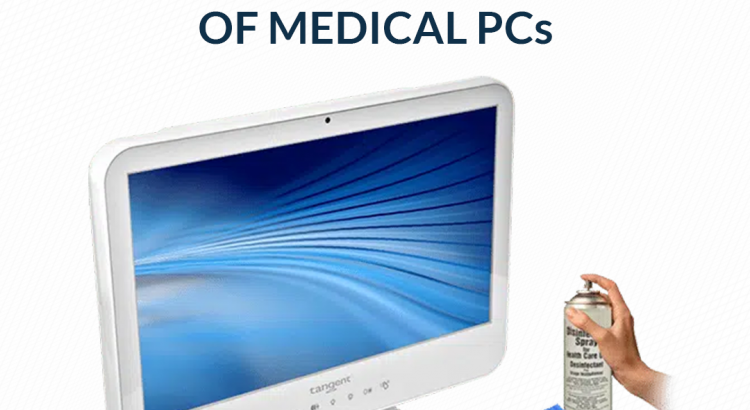
Waterproof Properties of Medical PCs
Computers have become the backbone of the health care industry. They allow medical workers to efficiently process patient cases, control devices that perform CT scans, ultrasounds, MRIs, or blood tests, and help doctors show patients their X-rays to explain their situation. And given the technical demands of the health care environment, purchasing waterproof medical PCs […]
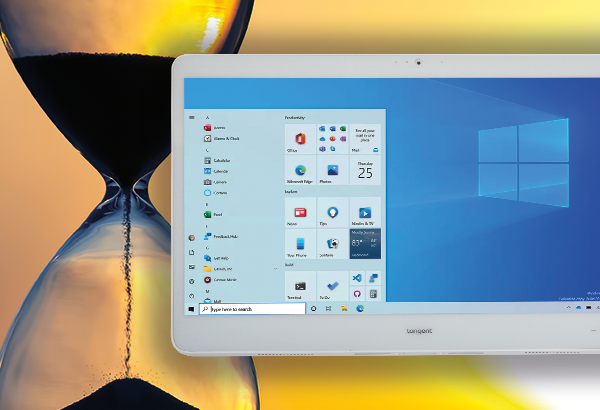
How long do Medical Computers Last?
Medical computers have unique features and specifications compared to consumer grade computers. The lifetime of healthcare-specific medical computers depends on the quality of the manufacturer. Durable components and sound engineering help determine the longevity of units. Like all electronic devices, there are brands and companies that healthcare administrators have come to rely on for performance […]
